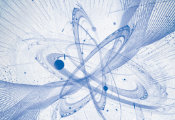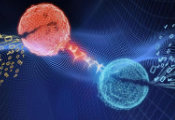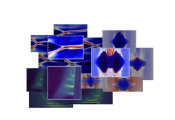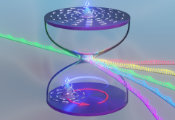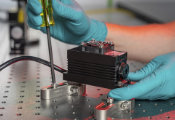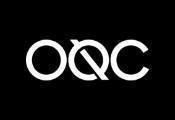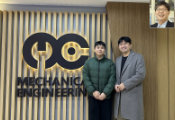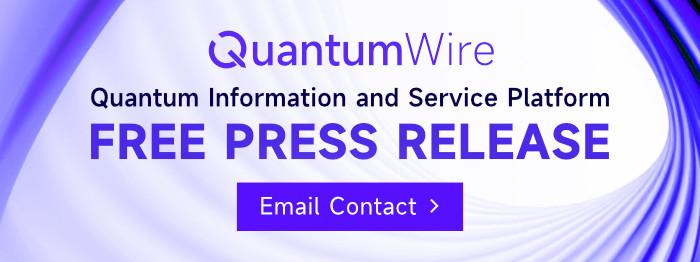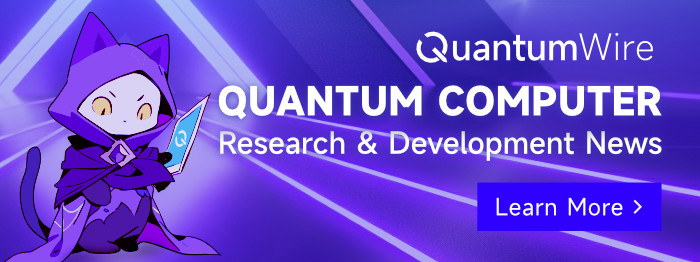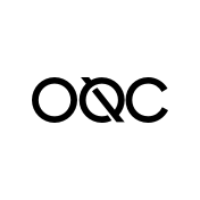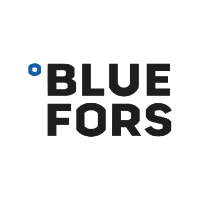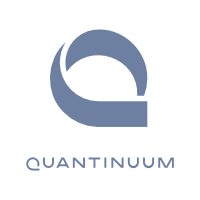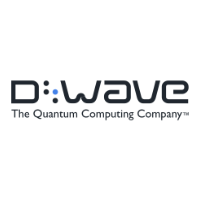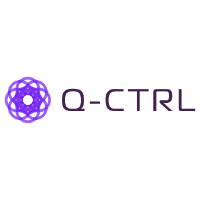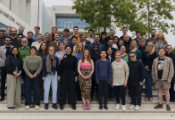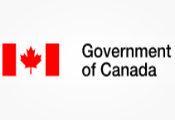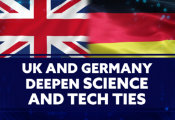Purdue Physicists Provide Experimental Proof of Fundamental Theory of Topological Quantum Matter
September 23, 2025 -- For over 35 years physicists have tried to confirm a fundamental prediction of quantum condensed matter physics: One-dimensional electron liquids known as chiral Luttinger liquids circulate around the boundaries of fractional quantum Hall states, carrying exotic anyon particles with properties unlike any other known particles in nature.
Now, researchers at Purdue University have observed this long-sought behavior, providing the critical piece of experimental proof for a landmark theory of topological quantum matter. This experimental discovery, led by Michael Manfra, the Bill and Dee O’Brien Distinguished Professor of Physics and Astronomy at Purdue University, has been published in Nature Physics. Graduate students Ramon Guerrero-Suarez and Adithya Suresh performed delicate experiments and analyzed the data. Important theoretical contributions were made by Professor Claudio Chamon, who recently joined the physics faculty at Purdue University.
Manfra fosters interdisciplinary work in quantum information science as the director of the Purdue Quantum Science and Engineering Institute and the Microsoft Quantum Lab West Lafayette.
While the work is foundational, Manfra noted that it may lead to advancements in qubit design that will lead to scalable architectures for quantum computing. “In my opinion, this is a major experimental discovery of the same order as the discovery of anyons in interference experiments in 2020,” he said.
The breakthrough was made possible by a collaborative team. In addition to those already mentioned, postdoctoral researcher Tanmay Maiti made contributions to data analysis. Shuang Liang, a former Purdue graduate student, grew the semiconductor heterostructures that made the device possible. James Nakamura, a former postdoctoral researcher, fabricated the device itself, while former student Geoffrey Gardner contributed to materials growth.
“In the early 1990s an advance in the theory of the fractional quantum Hall effect was made by X.-G. Wen and others,” Manfra said. Wen predicted that the edge of the fractional quantum Hall effect would behave as a “chiral Luttinger liquid,” a one-dimensional electron system with unusual properties. Crucially, the behavior at the edge would reveal the hidden topological order of the electron fluid in the “bulk” two-dimensional fractional quantum Hall state, an idea now known as the bulk-boundary correspondence.
For nearly four decades, experimental tests of Wen’s theory produced conflicting results. “Many experimental attempts to study the properties of the chiral Luttinger liquid at the edge of fractional quantum Hall states have been made, but confounding observations resulted that often seemed to be at variance with Wen’s theory,” Manfra said.
Purdue’s new experiment resolved the puzzle. Using a quantum point contact device, the researchers observed the scaling behavior in tunneling experiments that Wen had predicted. “Our experiment provides the first definitive evidence for the tunneling of anyons in a quantum point contact at ν=1/3,” Manfra said.
The result completes the experimental characterization of the Laughlin fractional quantum Hall state. The fractional charge and anyonic statistics had been demonstrated in earlier work. Now, the quantization of the tunneling exponent has been measured with high precision, averaging g=0.333 ± 0.005 across 29 datasets. “Now that this is done, we have a complete description of the Laughlin state at ν=1/3,” Manfra said.
The team’s success hinged on a new semiconductor design that included auxiliary “screening wells.” These sharpened the boundary of the electron fluid and prevented secondary effects that had obscured earlier experiments. Working at temperatures as low as 34 millikelvin, the researchers confirmed that tunneling conductance followed a universal scaling law across temperature, bias voltage and transmission.
These experiments are sponsored by the U.S. Department of Energy’s Office of Science Basic Energy Sciences program, under the award number DE-SC0020138. The theoretical work is sponsored by the U.S. Department of Energy’s Office of Science Basic Energy Sciences program, under award DE-FG02-06ER46316. The content of the information presented here does not necessarily reflect the position or the policy of the U.S. government, and no official endorsement should be inferred.

